Year 2049 is the weekly newsletter that discusses the impactful innovations, discoveries, and research shaping our future.
If this was forwarded to you, subscribe for free to get a new story in your inbox every Friday.
Hello friends 👋
For the first time ever, I want you to pick one of the stories I’ll write about (thanks for the recommendation, Dan 😉).
Let’s call it Reader’s Choice and this is how it’ll work:
I’ll come up with a list of 4 stories (you can also suggest a story or topic)
You’ll vote on which one you want to read the most
I’ll write about the most selected option in the June 3rd edition (the vote will be open until then)
You can vote on the first-ever Reader’s Choice edition here:
Once you’re done, enjoy today’s story about one of Elon Musk’s favourite projects.
– Fawzi
Today’s Edition
Comic: The Singularity
Story: Tesla Bot
Video: My top 3 from Google I/O 2022
Comic: The Singularity
Story: Tesla Bot
Elon’s hot take
While the internet was going wild over Elon Musk’s acquisition of Twitter, the Tesla CEO talked about everything else he’s working on in an hour-long interview with TED’s Chris Anderson.
Out of all the things that were said, one of Elon’s statements really stood out for me:
“People have no idea, this is going to be bigger than the car”
This is how Musk spoke about the Tesla Bot, his company’s upcoming humanoid robot. It surprised me because I’ve always looked at Tesla’s cars to be the crown jewel among his many endeavours at SpaceX, Neuralink, and The Boring Company. Why is this robot so important?
The vision for the Tesla Bot
The Tesla Bot was first announced at Tesla’s AI Day back in August 2021. The sleek robot renderings (and the human dressed up as a robot dancing on stage) generated a lot of media buzz. It might seem odd that a car company wants to make robots, but Musk considers Tesla to be a robotics company and its cars to be “robots on wheels”.
During the announcement, the Tesla Bot was framed as a solution to “eliminate repetitive, boring, or dangerous tasks” so that humans don’t have to do them anymore.
In his TED interview, Musk further elaborated on his vision. The initial focus will be to sell these robots to businesses, especially for manufacturing jobs. As the robot improves and costs go down, Tesla will start selling these to consumers which they can use as a personal butler to help out with anything they need.
Why the humanoid shape?
Robotics and automation aren’t new to manufacturing. Typically, manufacturing robots are designed and programmed to perform a single task, like installing the doors on a car, but can’t do anything else.
Tesla is trying to achieve something much more monumental. The goal for the Tesla Bot is to replicate humans both mentally and physically:
Mentally: Creating a robot that can learn and perform tasks with little to no guidance, the same way a human would. This is known as Artificial General Intelligence (AGI).
Physically: The world around us has been designed for humans, so the humanoid shape can help robots integrate well into society and fill our shoes whenever needed. Some would argue that a human shape may feel friendlier and more familiar to us, but you probably disagree if you’ve watched I, Robot.
Safety
Speaking of I, Robot, the biggest design risk in the NS-5 robots was that they were connected to a centralized system called VIKI. If you’ve watched the movie, you know that VIKI ends up corrupting all the robots to attack humans. It also didn’t help that the NS5s had the strength and athleticism of Bruce Lee.
Ever since announcing the Tesla Bot, Musk has expressed the importance of safety and how it will be taken into account to avoid an I, Robot scenario. Some design decisions that were mentioned include:
Low speed: The robots will have a maximum speed of 8 kph (5 mph). The average human walking speed is 4.5 kph (Thank you Clive for correcting me 😅).
Low strength: This is hard to quantify, but the robot is 5’8 and weighs 56 kgs (125 lbs), so it won’t overpower you.
Localized chip: The Tesla Bot will have a localized ROM chip that can’t be maliciously accessed by an external and remote third party. You could only update or affect the robot if you have physical access to it. VIKI doesn't like that.
Tesla still hasn’t revealed its first prototype so some of these design variables may still change.
Final thoughts
Creating the Tesla Bot in its ideal form would be a major leap in AI and robotics. But I’m still unsure about the best application for it.
I’m not convinced that manufacturing is the right application for the Tesla Bot. The human form isn’t optimal to perform the high-speed and mechanical work required in manufacturing, which is why humans have been replaced by hyper-specialized machines that look nothing like us (including in Tesla’s factories).
As for consumers, the most useful application I can envision is for people who live alone and need assistance because of age, injury, or physical disability. If a Tesla Bot can do all the tasks around the house like cooking and cleaning, it would bring a lot of value. But depending on the price, it might become more of a luxury rather than a staple. This could be solved through a leasing/renting model to “hire” a robot when you need it.
I still think Tesla’s electric vehicles are and will remain the company’s most important contribution to the world. We understand the importance and need of electrifying all our vehicles, but I don’t think the same urgency exists for creating humanoid robots that look and act like us.
This story is still worth following because no prototype has been made yet and clear applications for the Tesla Bot will be revealed along the way. I’ll make sure to provide any updates in future Year 2049 posts.
Deep dive
If you enjoyed today’s story, I’ve compiled some additional links to satisfy your curiosity:
Elon Musk: A future worth getting excited about (TED on YouTube) – highly recommended. If you just want to watch the part about the Tesla Bot, it’s from minutes 20 to 27.
Video: Google I/O 2022
At Google I/O 2022, the company shared its latest work and upcoming products. My top 3 favourites were:
AR Glasses: They’re still a prototype, but Google showed off how people can use them to get real-time translation and transcription during a conversation with someone speaking a different language.
Scene Exploration: With the Google app, you’ll be able to use your camera to ask a question about something in your environment. For example, you can point your camera at a shelf in the grocery store to find which items have the highest ratings or the ingredients that you want.
My Ad Center: Later this year, Google will let you control the ads you see on YouTube and Google Search by selecting which categories/brands you want to keep seeing ads from and the ones you don’t. You can also request to take down any of your personal information that appears in any search results.
The Verge made an 18-minute video summarizing all the major announcements.
Previous episodes you might enjoy
🦟 The potential of gene editing and vaccines to fight malaria
🦾 Atom Limbs is bringing the first neurally-controlled prosthetics to market
🔥 The untapped potential of heat pumps
You can also check out all previous Year 2049 editions to learn about other impactful innovations shaping our future across all aspects of life.
How would you rate this week's edition?





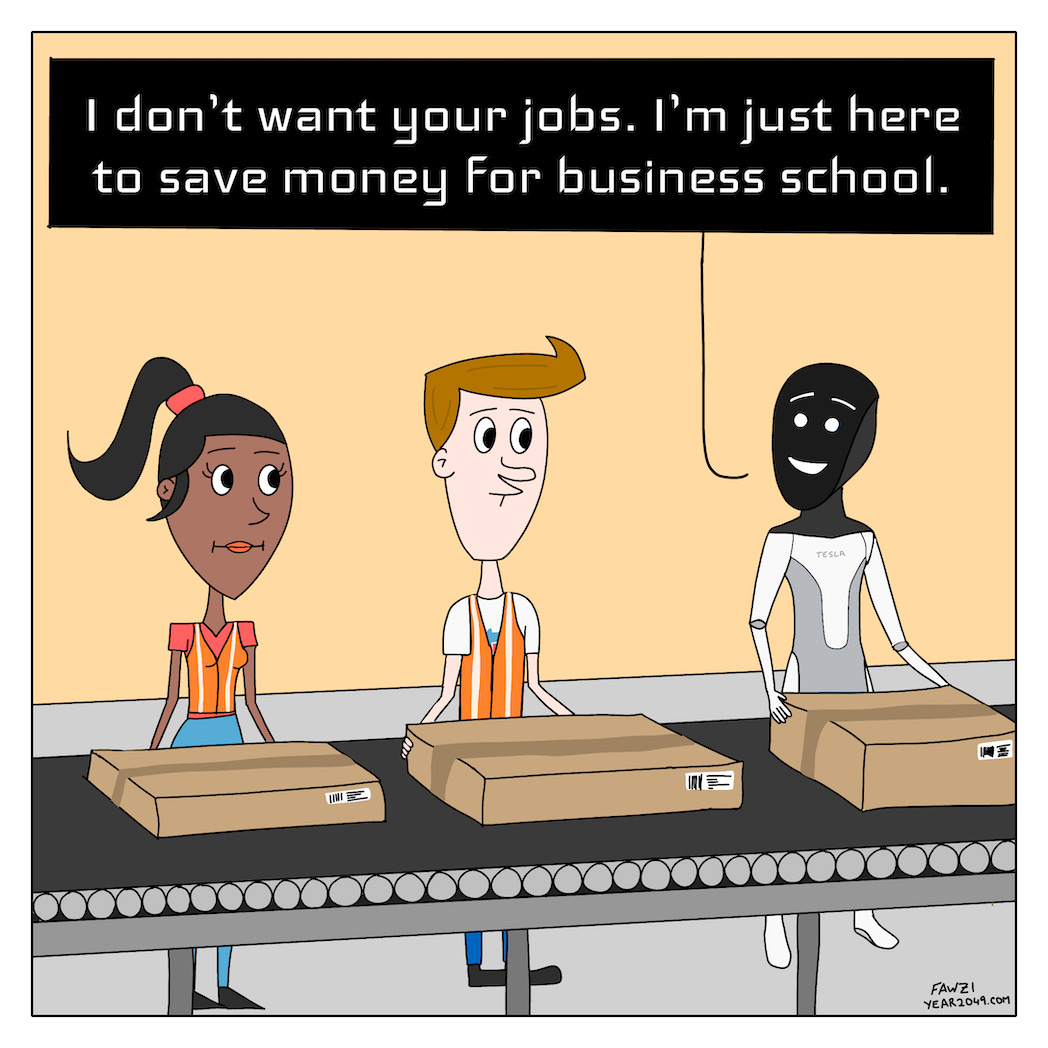
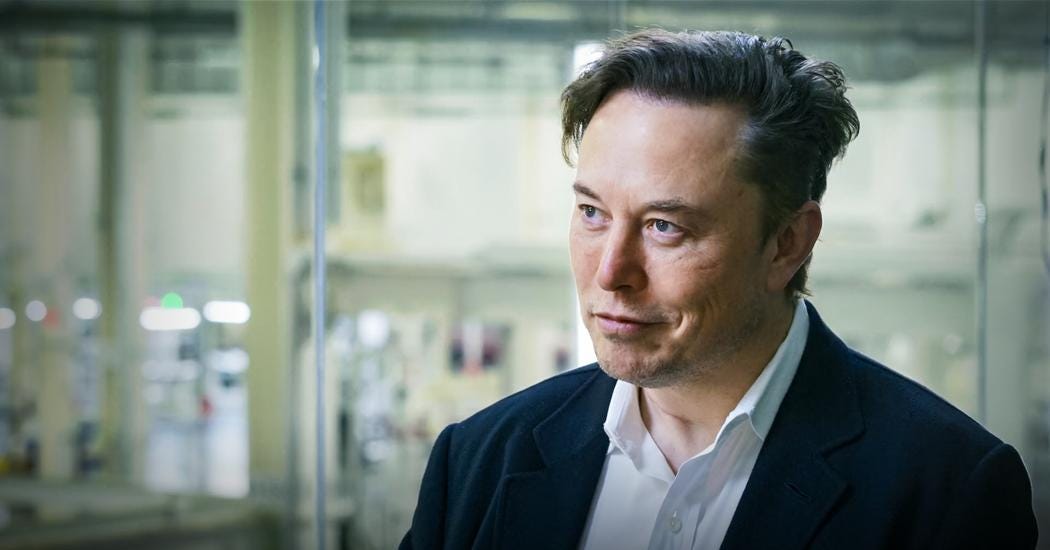
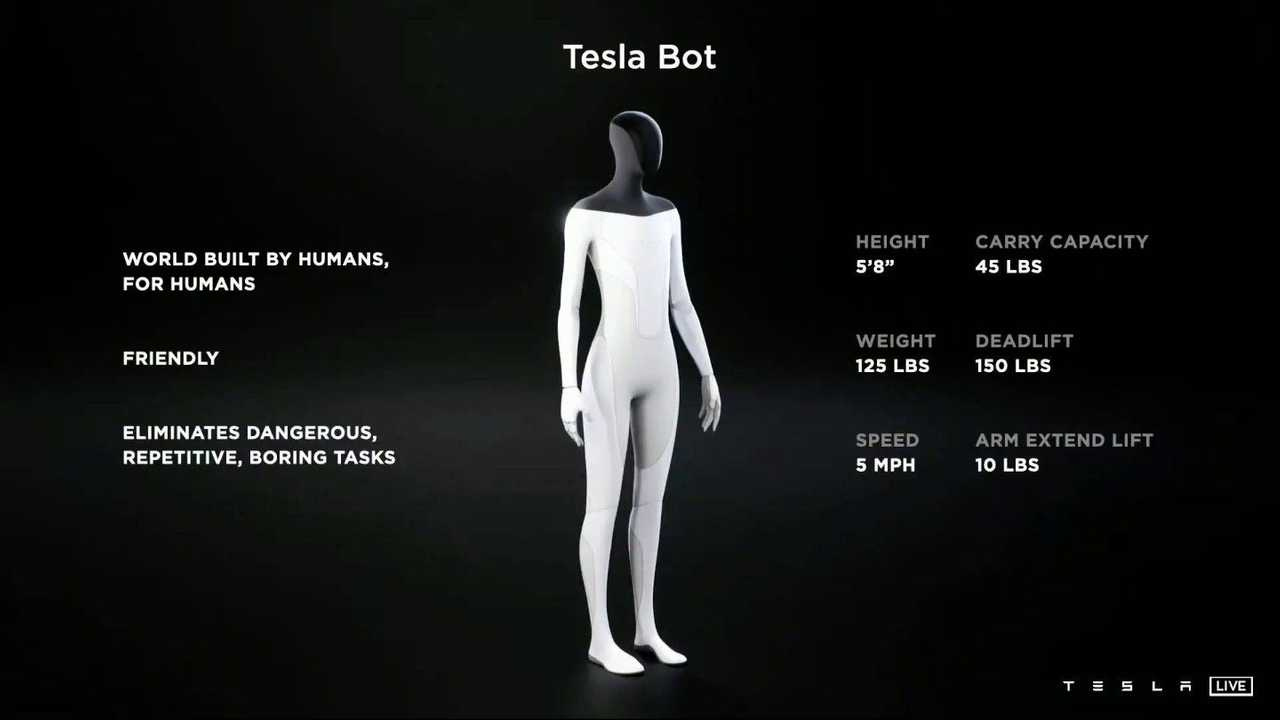
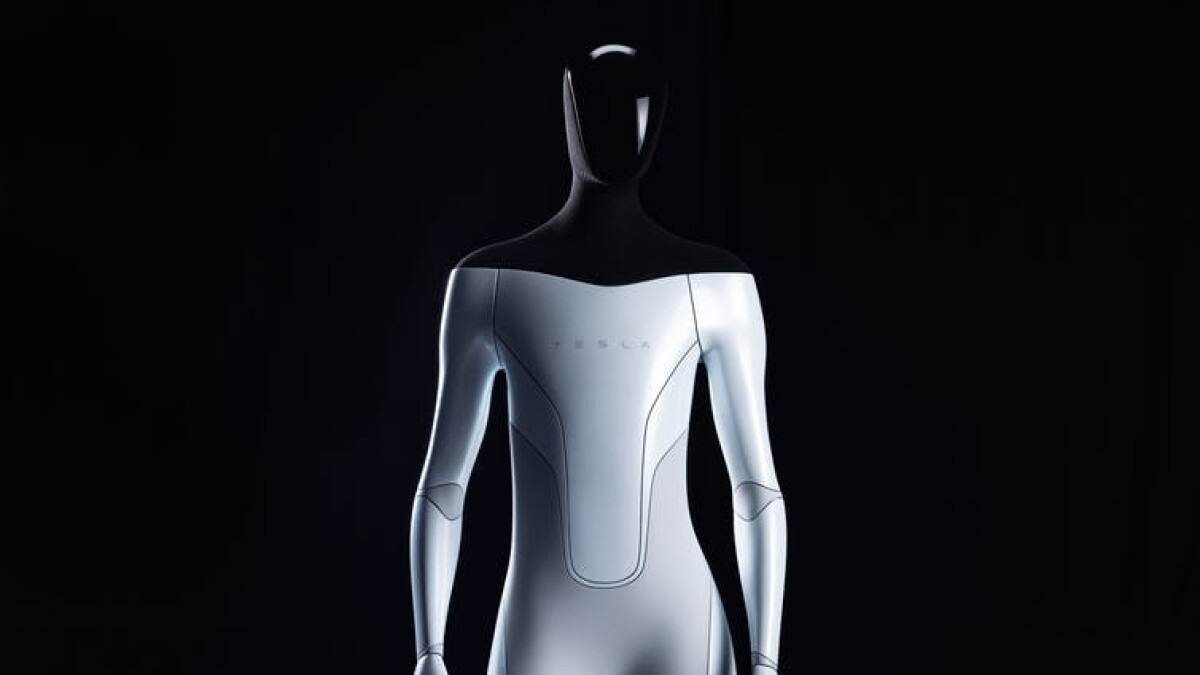

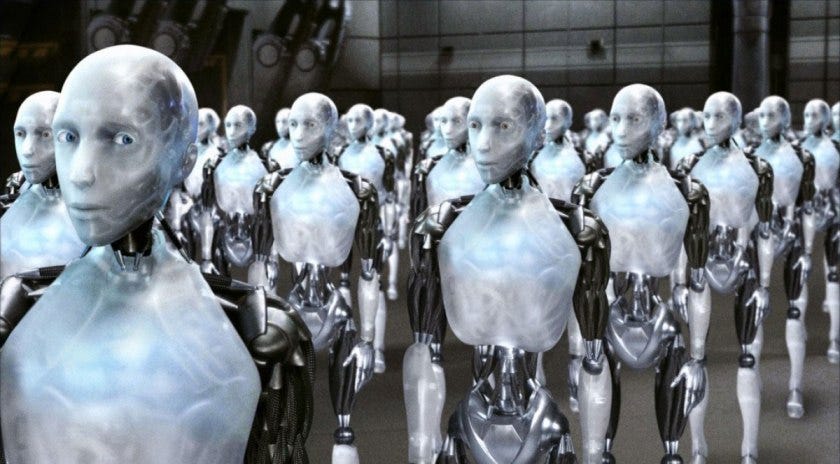

I don't agree with you, Fawzi. I think Musk should accelerate the manufacturing of these robots. I had three cleaning ladies, each worse than her predecessor. Unfortunately, I cannot do without for the heavier work. A robot would be a real blesing.
A good story to have covered. It could be big, but I agree with your thoughts.
Fact check: you wrote
"Low speed: The robots will have a maximum speed of 8 kph (5 mph), which is equivalent to the average human walking speed."
May want to check that out.
I think human average (typical) walking speed is much lower around 5kph (3mph). Humans are capable of doing 9kph, but even you might find it hard to sustain 8kph over a prolonged (say 1 hour) period. Try it and let me know!